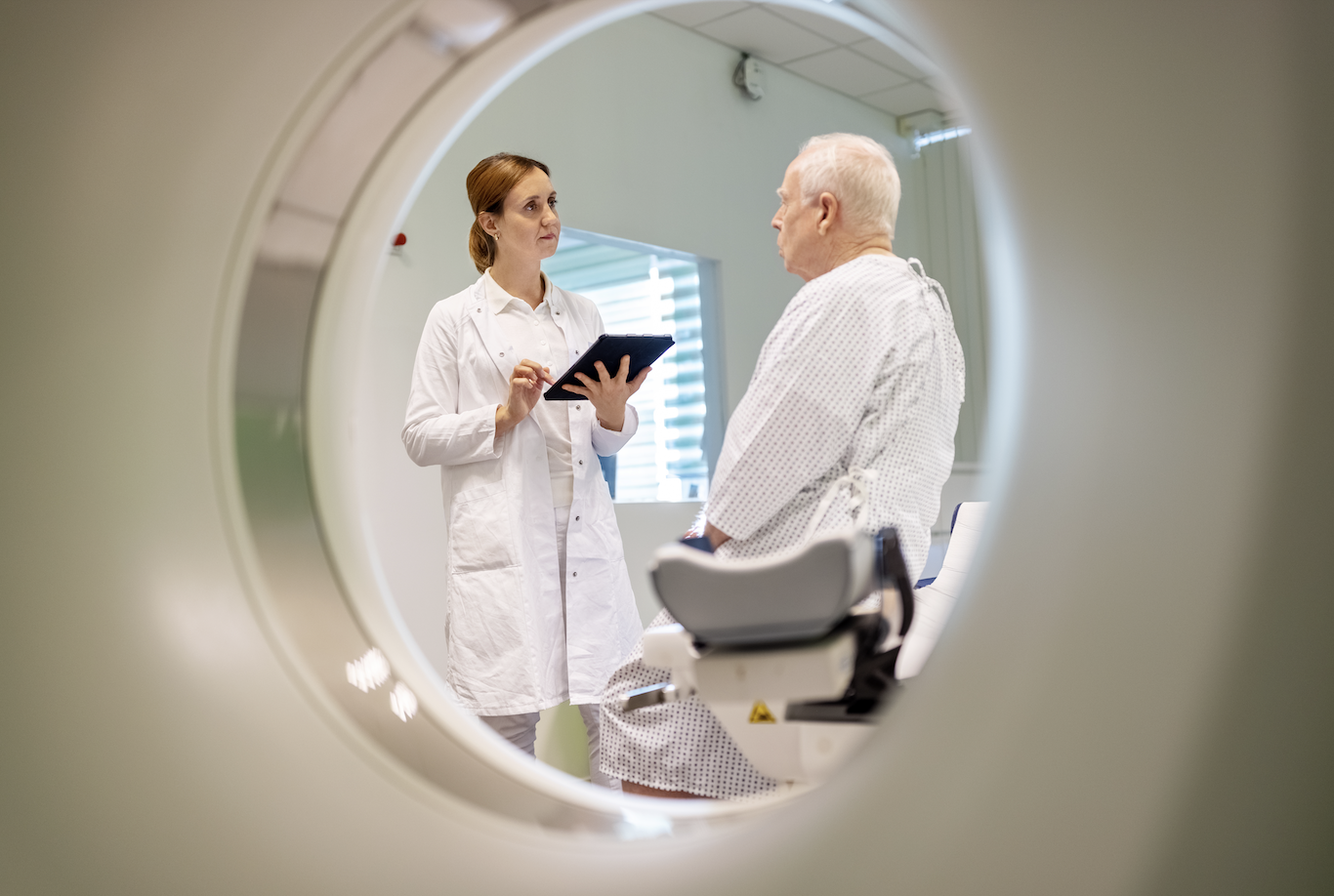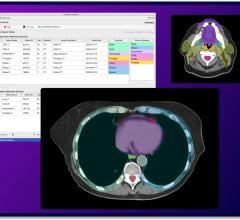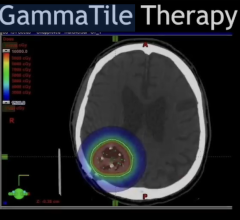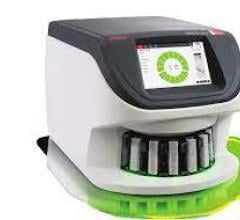
With an increasing focus on personalizing the patient experience and enhancing communication between radiologists and those whose images they read, so, too, has value-based healthcare found itself gaining both attention and momentum across the radiology spectrum. It was chosen as the theme of the President’s Opening Session of the Radiological Society of North America’s (RSNA) 108th Annual Meeting and Scientific Assembly.
A summary of insights and instructive perspective is shared here from the presentation, “Diagnostic Imaging: Value from the Lens of the Patient,” by Bruce Haffty, MD, RSNA immediate past president; chair of radiation oncology, associate vice chancellor for cancer programs, Rutgers Cancer Institute of New Jersey; system director of radiation oncology, RWJBarnabas Health.
Seeing Imaging Anew
In his opening remarks, Haffty immediately set the stage for participants in attendance, reinforcing the benefits of viewing radiology, imaging and patient care “beyond the boundaries of our own perspective.”
He reinforced the importance of seeing radiology in a new way to expand outcomes and impact. “The value that we see in an imaging study is the value we were trained to see from a clinician, but if we expand our thinking to the patient‘s perspective, we will find that imaging extends beyond the tight focus of the radiologist or the radiation oncologist,” said Haffty.
As a radiation oncologist practicing for over 30 years, he acknowledged having “the distinct pleasure and privilege of talking to patients on a daily basis about their imaging.” He shared this: “I realized from my interactions with patients how much impact and value their imaging results brings to them and to their families … I want to share with you my observations and insights, how patients value imaging, and how we can work with our patients and multidisciplinary partners in care to better incorporate this patient value quotient into our daily practice.”
Haffty referenced a talk given at RSNA nearly a decade ago and published in RSNA’s flagship journal Radiology, where Richard B. Gunderman, MD, PhD, Chancellor’s professor of radiology, pediatrics, Medical education, philosophy, liberal arts, philanthropy and medical humanities and health studies at Indiana University, stated “Radiologic images do not tell the whole story. Every such image is merely the tip of an iceberg. The dignity of the patient and the meaning of the patient’s life reside elsewhere. Behind the image. There is always more to the patient than meets the radiologist’s eye.”
Haffty stated, “This reminds us that the impact and value of the imaging experience on the patient’s life extends beyond the radiologist report.”
He commented further on the value of imaging and the increasing focus on value-based care, offering this: “To realize the value of imaging, or any medical procedures, we need to recognize the enormous shift of our healthcare system from procedure-oriented care towards value-based care. As you all are keenly aware, there’s a huge effort on the part of the government and healthcare systems to move in this direction toward value-based care. Traditionally, value is defined as an improvement in health care outcomes as a function of cost. However, more and more importance is being placed on patient reported outcomes, such as quality of life, wellbeing and anxiety. And while patient reported outcomes are increasingly utilized by a majority of our colleagues throughout all of medicine to demonstrate the value of their interventions in their specialty, patient reported outcomes are relatively understudied and underreported in the radiological literature.”
He noted that value is subjective, dependent on perspective, and can be different from the perspective of the physician, the insurance company, society, or the patient. He continued: “As patients, we experience great comfort and peace of mind in knowing the results of that imaging procedure, to understand the next steps, and to relate to our families and friends. Imaging represents objective, visible, definitive and understandable data about the status of our health. I see every day imaging brings peace of mind to cancer patients, wondering if the chemotherapy or the radiation program is working on whether the tumor can be removed. Just imagine in a cancer patient undergoing radiation or chemotherapy, the impact of a PET/CT scan showing that the tumor is responding, or the impact of a follow-up scan showing there’s no recurrence of the tumor. To the patient that is real value. From a physician’s perspective we see the imaging as a decision-making tool to determine the next steps: should we get more chemotherapy? Should we modify radiation fields? The patient sees the results from that perspective, but also from the perspective of certainty, wellbeing, quality of life, and information that they can relate to their families and friends. To the patient, imaging can remove uncertainty, decrease anxiety and give hope. Through the panoramic lens of the patient, imaging is a powerful and meaningful source of knowledge and comfort to which we can all relate.”
Patient Perspective Up-close-and-personal
Haffty shared a video from a long-time patient who he treated for head and neck cancer 15 years ago, as a way to offer perspective on the patient’s experience and thoughts on the impact of imaging. An excerpt of the patient’s comments are shared here:
“The imaging as a tool for me to have some control over my own health is very critical. And it’s been kind of persuasive in terms of moods affecting not only myself, but certainly my friends and my family.” He shared a story of coming back from one of his scans, and moaning to his son that he had to go through what he was dealing with. His son told him he was lucky, offering, “Lucky in the sense that in terms of going forward, you know what your situation is, you get tested, and how many people don’t get tested? But you’re getting tested, so you have control of the situation.” Haffty’s patient said he had to learn from that, and look towards the future, adding: “So, it gave me a different perspective on the imaging and the treatment that I get. I want to be part of the solution….I have all these valuable resources, including this doctor, and the fact that I go for the scan every year. I consider myself very fortunate to be able to have some control over my own health.”
Haffty tied this patient’s experience to the theme of RSNA 2022, focused on patients as partners in care. “Clearly, my patient places significant value on imaging from his perspective of wellbeing, and discussions with his family about the status of his health. And he clearly values his imaging,” he said.
Focus on Patient Reported Outcomes
The major challenge, according to Haffty, is this: How we can objectively quantify that in order to demonstrate its value to the greater medical community? While this may seem anecdotal and difficult to quantify, it actually can be accomplished through patient reported outcomes. These are validated quantitative outcomes measures, recognized as metrics that can be used in assessing value of medical interventions and procedures, just like blood pressure, mortality, A1C measures and other measures. Patient reported outcomes, or PROs, are being used to assess value from the patient’s perspective and have all been tested and validated.
He noted that in the radiological literature, patient reported outcomes are relatively understudied and underreported. In addition to raising awareness and helping to address imaging issues that may impact anxiety and fear in patients, he said that equally important is the positive aspect of imaging on a patient’s health, wellbeing and medical journey, as seen in the patient video. “The RSNA Foundation provides millions of dollars in funding annually for innovative radiology research projects, and education initiatives. Research on imaging’s value, based on patient reported outcomes (PRO), is an endeavor worthy of our support,” added Haffty.
Radiology’s Role in Value-based Healthcare
“As you know the patient experience does not begin with the report or even the scan,” Haffty emphasized. He detailed actionable steps to advance this effort, saying: “From the time the patient schedules an appointment through every follow up, we should be working to ensure they feel comfortable, informed, supportive, seen and heard. Simple measures — like paying attention to the ambiance of the facility, demonstrating professionalism among patient-facing staff, or reducing waiting times — can all help. RSNA and other radiologic organizations offer many programs on improving patient communication.
“Every step we take with the patient’s perspective in mind softens the lens through which the patient views their experience and boosts the value that they perceive,” emphasized Haffty, adding, “The bottom line is to make the patient and their family feel as reassured and comfortable as possible regarding the imaging experience from start to finish. So, as we return to our practices after another RSNA, let us remember that imaging findings provide relatable, meaningful information that patients can relay to their families and friends regarding their health.” He urged the audience to “Remember that patient reported outcomes provide a broad variety of validated tools that can help to objectively demonstrate the value of radiologic interventions and imaging.”
In closing, Haffty said he hoped his talk inspired young clinicians in radiology to pursue this avenue of investigation, linking patient reported outcomes to the value of imaging, radiologic interventions and radiation oncology. “Armed with this knowledge, we can expand our own lens to see the bigger picture of our patient’s medical journey. But the radiology community can’t do it alone,” he said, adding: “As our meeting theme highlights, we need to work with our patients and multidisciplinary partners — including nurses, psychologists and social workers — to adequately evaluate, demonstrate and communicate the value of imaging through research education, communication, and practice. Remember that patient reported outcomes are a valuable tool in demonstrating the value of imaging, interventional radiology and radiation oncology. The image results are the tip of the iceberg. Imaging’s true value, through the lens of the patient — quality of life, comfort, peace of mind, certainty, hope, and trust — all lies below the surface for us to explore together.”


 May 02, 2024
May 02, 2024 








